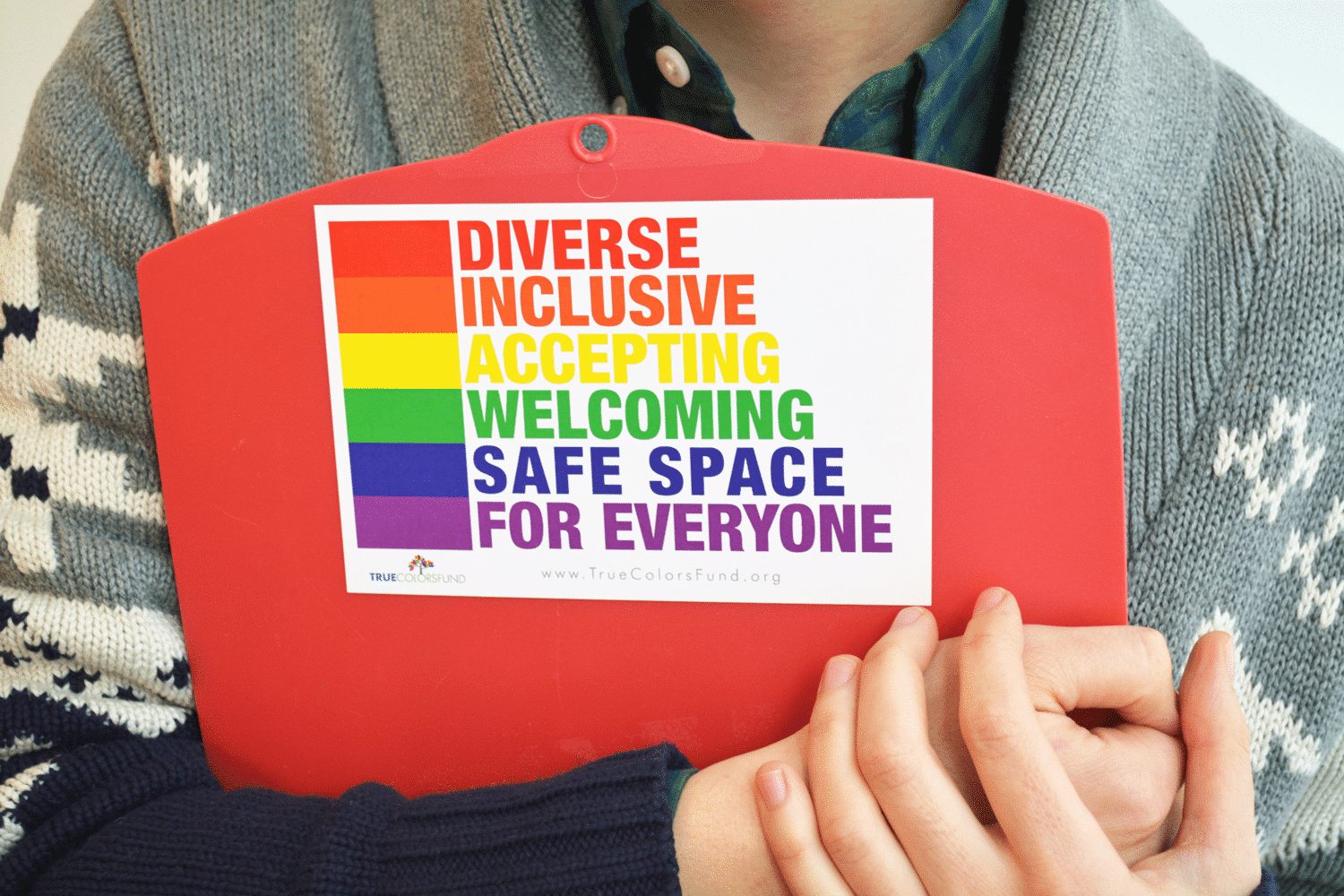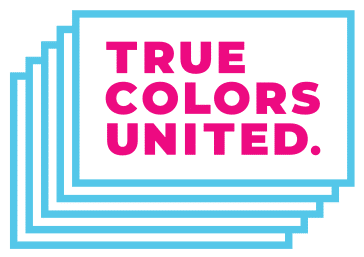
What makes a “Safe Space” safe? While stickers and signage are helpful, it goes deeper than that. Creating truly inclusive, affirming, and healthy environments for lesbian, gay, bisexual, transgender, queer, and questioning (LGBTQ) young people requires intentionality and commitment from an entire community/organization/staff.
The Department of Health and Human Services describes “the lack of culturally competent providers [as] a significant barrier to quality health care for many LGBTQ people, particularly those who identify as transgender.” The National LGBT Cancer Network‘s manual offers an overview of what goes into creating a great LGBTQ cultural competency training, complete with tips for each step of the process and samples to refer to when you plan your own training.
The goal of any cultural competency training is “to increase knowledge and skills to improve one’s ability to effectively interact with different cultural groups.” This guide approaches that goal through a lens of “Cultural Humility.” By considering the ways identities (such as race, ability, and sexual orientation) intersect and influence the way we experience the world, we can come to the conclusion that people simply do not fit into narrowly defined cultural boxes. Cultural Humility recognizes that people are complex, and, through a process of self-examination and awareness-building, challenges people to examine the way power, privilege, and social environments influence health and well being.
There is currently no universally recognized standard for what a successful cultural competency training should entail. This manual offers to fill that gap, while recognizing the limitation presented by ever-changing cultures and policies. Rather than offer a blanket curriculum, it acts as “a guide for those who plan to create and deliver LGBTQ cultural competency trainings to health and human service providers.” A collection of methods, ideology, and suggestions from over 60 different organizations and individuals, this manual will guide you along step-by-step – from setting your goals to evaluating your results.
Check out the guide to get started!
